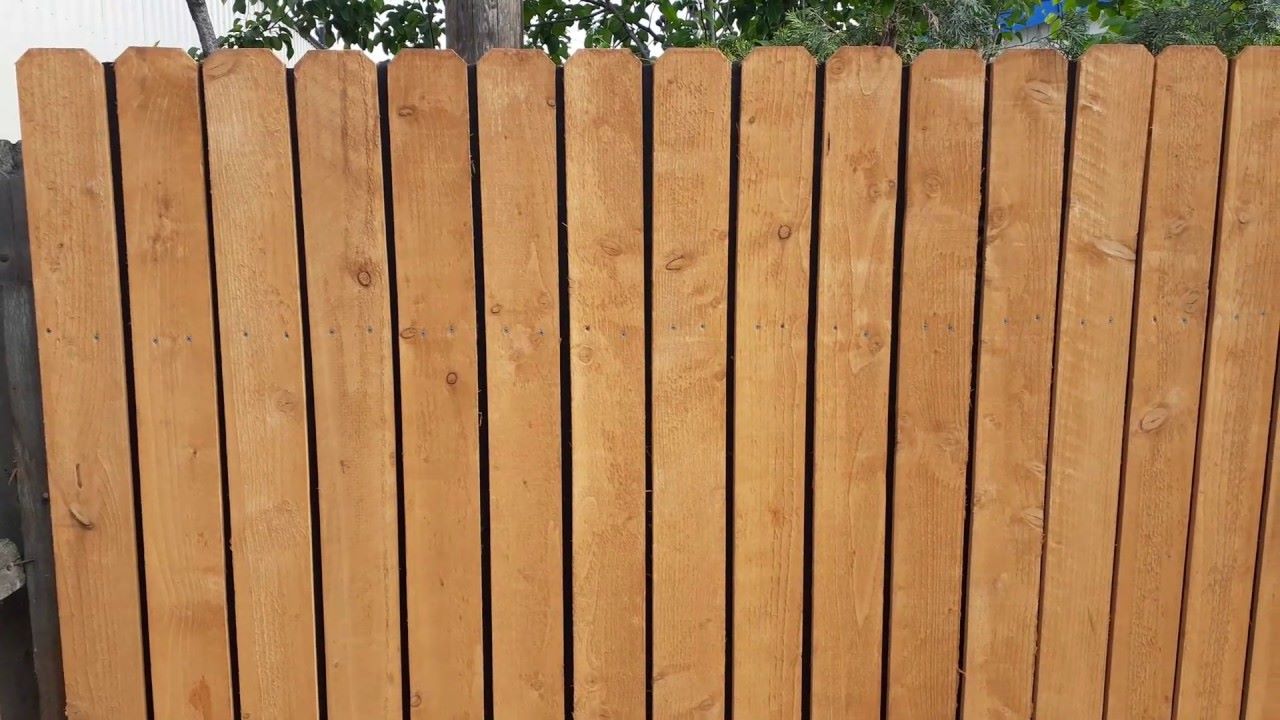

Articles
How Much Space Between Fence Pickets
Modified: January 8, 2024
Looking for articles on how to calculate the perfect spacing between fence pickets? Discover expert tips and advice for achieving the ideal gap between your fence pickets.
(Many of the links in this article redirect to a specific reviewed product. Your purchase of these products through affiliate links helps to generate commission for Storables.com, at no extra cost. Learn more)
Introduction
When it comes to installing a fence, one important consideration is the spacing between the fence pickets. The spacing can significantly affect the overall appearance, functionality, and durability of the fence. Finding the right balance between privacy, security, and aesthetic appeal is essential.
Choosing the right spacing for your fence pickets involves considering various factors such as the purpose of the fence, the style you want to achieve, the climate in your area, and practical concerns like maintaining the fence and preventing pests.
In this article, we will explore the factors to consider when determining the spacing between fence pickets and discuss some common options to help you make an informed decision for your fencing project.
Key Takeaways:
- Choose the spacing between fence pickets that aligns with your privacy, security, and aesthetic needs. Consider factors like climate, maintenance, and pest control to make an informed decision for your fencing project.
- Whether you prioritize maximum privacy, a balance between privacy and visibility, or an open and decorative design, the ideal spacing between fence pickets depends on your specific objectives, style preferences, and maintenance capabilities.
Read more: How Much Is A Pallet Of Fence Pickets
Factors to Consider
Before deciding on the spacing between fence pickets, it’s important to take several factors into account. These factors will help guide you in determining the ideal spacing for your specific needs:
- Purpose of the Fence: Consider why you are installing the fence. Is it primarily for privacy, security, or aesthetics? If privacy is your main concern, you may opt for a closer spacing. If security is the priority, a wider spacing might be more suitable. For decorative fences, you may choose a spacing that complements the overall design.
- Style and Design: The style and design of your fence will also influence the spacing. Traditional picket fences often have equal spacing between the pickets, while contemporary designs may have varying intervals. Consider the overall look you want to achieve and how the spacing will contribute to it.
- Climate: The climate in your area is another important factor to consider. In regions with high winds or heavy snowfall, a wider spacing between pickets can help improve airflow and reduce the chances of snow accumulation, reducing the risk of damage to the fence. On the other hand, in areas with strong sunlight, closer spacing can provide more shade and protection to your outdoor space.
- Maintenance and Longevity: Think about the level of maintenance you are willing to commit to. A closer spacing may require more regular cleaning and upkeep to prevent debris accumulation and ensure proper airflow. Additionally, consider the durability of the materials used in your fence. Wider spacing can reduce the overall weight and stress on the fence, potentially prolonging its lifespan.
- Pest Control: Depending on your location, certain pests like rodents or small animals may be a concern. If this is the case, you might want to choose a closer spacing to prevent easy access for unwanted visitors. Alternatively, you can use materials like wire mesh or additional barriers to deter pests.
By carefully evaluating these factors, you can identify the specific requirements that will influence the optimal spacing between your fence pickets. Now let’s explore some common spacing options to help you make a decision.
Common Spacing Options
When it comes to spacing between fence pickets, there are several common options to consider. These options can help you achieve different levels of privacy, security, and aesthetic appeal:
1. No Gap
Installing fence pickets with no gap between them creates a solid and visually seamless barrier. This option offers maximum privacy and security. However, keep in mind that this design may impede airflow and create a higher risk of debris accumulation.
2. Small Gap
A small gap between fence pickets, typically around 1/4 to 1/2 inch, allows for some visibility while still providing a level of privacy. This spacing option can offer a balance between security, airflow, and aesthetics. It also helps prevent small pests from easily squeezing through.
Read more: How Much Does White Picket Fence Cost
3. Standard Gap
A standard gap between fence pickets, usually around 1 to 2 inches, is a common choice for many homeowners. This spacing provides a good balance between privacy, security, and breathability. It allows for some visibility while maintaining a level of protection and preventing larger pests from accessing your property.
4. Wide Gap
A wider gap between fence pickets, ranging from 2 to 4 inches or more, offers a more open and decorative look. This option is often seen in modern or contemporary fence designs. It provides good airflow, reduces the overall weight on the fence, and allows for an unobstructed view.
Ultimately, the ideal spacing option depends on your specific preferences and the requirements of your fence project. Consider the purpose of the fence, the desired level of privacy and security, and the overall style of your property when selecting the spacing between fence pickets.
Next, let’s discuss how to determine the ideal spacing for your particular needs.
No Gap
Choosing to install fence pickets with no gap between them creates a solid and visually seamless barrier. This option is ideal if your primary concern is maximum privacy and security. With no gaps, it becomes difficult for anyone to see through or access your property.
A fence with no gap provides a sense of enclosure and can create a more intimate and private outdoor space. This can be particularly desirable if you have a backyard or patio area where you want to enjoy uninterrupted privacy.
However, it’s important to consider the potential drawbacks of a fence with no gap. One of the main concerns is airflow and ventilation. Without any gaps, the fence may restrict the flow of air, which can lead to stagnant air pockets and increased humidity. This can be problematic in regions with high humidity or areas where proper airflow is necessary, such as near gardens or swimming pools.
Another disadvantage of a fence with no gap is the increased risk of debris accumulation. Leaves, dirt, and other debris can easily get trapped between the pickets, making it more difficult to clean and maintain the fence. This can lead to a higher risk of rot or deterioration if the debris is not regularly removed.
In addition, a fence with no gap can be more susceptible to damage from strong winds or severe weather conditions. The solid surface creates more resistance, increasing the likelihood of the fence being pushed or damaged by strong gusts. It’s important to consider the climate in your area and the potential impact on the durability and longevity of a fence with no gap.
Overall, choosing a fence with no gap between pickets is a decision that prioritizes maximum privacy and security. However, it’s essential to be aware of the potential drawbacks, such as reduced airflow, increased debris accumulation, and potential vulnerability to strong winds.
Consider these factors carefully before selecting this option, and consult with a professional if you have any concerns about the feasibility and suitability of a fence with no gap for your specific needs.
Small Gap
Opting for a small gap between fence pickets, typically around 1/4 to 1/2 inch, offers a balance between privacy, security, and airflow. This spacing option allows for some visibility while still providing a level of privacy and creating a visually appealing fence.
Having a small gap between pickets helps create a sense of openness, allowing natural light to filter through and offering a glimpse of the area beyond the fence. This can be particularly desirable if you want to maintain a connection with your surroundings or showcase landscaping features.
While a small gap offers a level of privacy, it may not completely obscure the view or prevent someone from seeing through the fence. However, it does deter casual onlookers and restricts direct access to your property.
In terms of airflow, a small gap allows for better ventilation compared to a fence with no gap. This can be beneficial in areas with high humidity or where proper airflow is necessary to prevent moisture buildup. It also reduces the risk of debris accumulation, as smaller objects are less likely to become trapped between the pickets.
In terms of maintenance, a small gap may require occasional cleaning to remove any accumulated debris or dirt. Regular maintenance will help ensure the longevity and appearance of the fence, as well as prevent any potential issues with moisture retention.
It’s important to note that a small gap may not be suitable if your main objective is maximum privacy or security. If you have specific concerns about privacy, you may opt for a closer spacing or consider additional privacy measures such as installing privacy panels or using plants as natural barriers.
Ultimately, the decision to choose a small gap between fence pickets depends on your specific preferences and the unique requirements of your property. Consider factors such as the desired level of privacy, the need for airflow and ventilation, and the maintenance involved before settling on this spacing option.
Consulting with a professional can also provide valuable insights and help you determine if a small gap is the best choice for your particular fencing project.
Read more: What Is A Fence Picket
Standard Gap
Opting for a standard gap between fence pickets, typically around 1 to 2 inches, is a common choice for many homeowners. This spacing option provides a balance between privacy, security, and breathability, making it a versatile option for various fencing needs.
A standard gap between pickets offers a good compromise between visibility and privacy. It allows for some airflow and natural light to pass through while still maintaining a level of privacy by obstructing direct views into your property. This can be particularly beneficial if you want a sense of privacy without completely isolating yourself from the surrounding environment.
In terms of security, a standard gap provides a deterrent to potential intruders and restricts access to your property. The spacing is typically narrow enough to prevent easy entry, especially for larger animals or individuals trying to squeeze through the gaps. However, it’s important to consider additional security measures if security is a high priority for you.
One advantage of a standard gap is the ease of maintenance. The spacing allows for efficient cleaning and debris removal, reducing the risk of debris accumulation that can lead to deterioration or damage to the fence. Regular cleaning can help preserve the appearance and longevity of the fence over time.
Additionally, a standard gap can enhance the overall aesthetic appeal of your fence. The uniform spacing creates a visually pleasing pattern that complements various architectural styles. It also provides an opportunity to incorporate decorative elements or accents between the pickets, such as flower boxes or decorative panels.
However, it’s important to consider some drawbacks of a standard gap. While it offers a reasonable level of privacy, it may not be suitable if you require complete seclusion. If privacy is a primary concern, you may need to explore other options, such as installing privacy panels or selecting a closer spacing.
Overall, a standard gap between fence pickets strikes a balance between privacy, security, and airflow. Consider your specific needs, desired level of privacy, maintenance requirements, and the overall aesthetic you want to achieve when deciding on this spacing option.
Wide Gap
Opting for a wide gap between fence pickets, typically ranging from 2 to 4 inches or more, offers a more open and decorative look. This spacing option is often seen in modern or contemporary fence designs, where the emphasis is on creating a visually striking and unique fence.
A wide gap between pickets provides an unobstructed view of the surrounding area. It allows for maximum visibility, making it an excellent choice if you want to showcase your landscaping or enjoy expansive views from your property. This spacing option can help create an open and airy atmosphere in your outdoor space.
In addition to providing visual appeal, a wide gap offers better airflow and ventilation compared to closer spacing options. This can be advantageous in regions with high humidity or areas where maintaining airflow is essential, such as near gardens or swimming pools.
One of the main advantages of a wide gap is its lightweight and low-maintenance nature. The wider spacing reduces the overall weight on the fence, making it less prone to damage from strong winds or other weather conditions. It also allows for easier cleaning and debris removal without the risk of small objects getting trapped between the pickets.
However, it’s important to consider the potential drawbacks of a wide gap. Privacy and security may be compromised as the wider spacing allows for greater visibility and easier access to your property. If privacy is a primary concern, additional measures such as installing privacy panels or using plants for natural barriers may be necessary.
It’s also important to assess the specific needs of your property and the local climate in determining the suitability of a wide gap. In areas with heavy snowfall or in regions where privacy from neighboring properties is critical, a wide gap may not provide the desired level of protection or seclusion.
Ultimately, opting for a wide gap between fence pickets is a decision that prioritizes aesthetics, visibility, and airflow. Consider your desired aesthetic, the level of privacy and security you require, and the specific climate conditions in your area when choosing this spacing option.
Consulting with a professional can provide valuable insights and help you determine if a wide gap is the best choice for your particular fencing project.
When installing fence pickets, a general rule of thumb is to leave a 1/8 to 1/4 inch gap between each picket to allow for expansion and contraction due to weather changes. This will help prevent warping and ensure a more uniform appearance.
Determining the Ideal Spacing
Deciding on the ideal spacing between fence pickets requires careful consideration of your specific needs and preferences. Here are some steps to help you determine the ideal spacing for your fencing project:
- Identify Your Objectives: Start by clearly defining your objectives. What is the primary purpose of the fence – privacy, security, aesthetics, or a combination of these? Understanding your goals will help guide your decision-making process.
- Evaluate Your Surroundings: Assess the environment and surroundings of your property. Consider factors such as the climate, the level of privacy needed from neighboring properties, the presence of potential pests, and the overall aesthetic of your landscape. These factors will influence the most suitable spacing option for your fence.
- Consider Style and Design: Determine the style and design of the fence that complements your property. Traditional picket fences often have equal spacing, while contemporary designs may incorporate varying intervals. Choose a spacing option that aligns with your desired aesthetic and architectural style.
- Weigh Privacy versus Visibility: Determine the balance between privacy and visibility that you desire. If privacy is a top priority, you may opt for closer spacing between pickets or consider additional privacy measures. If you want a more open and visible fence, wider spacing might be preferable.
- Think about Maintenance: Consider the level of maintenance you are willing to undertake. Closer spacing may require more regular cleaning to prevent debris accumulation, while wider spacing could offer easier maintenance and cleaning. Decide based on your ability to dedicate time and effort to fence upkeep.
- Seek Professional Advice: If you’re unsure about the ideal spacing for your fence pickets, consult with a professional. A fencing expert can assess your specific needs, evaluate the feasibility of different spacing options, and provide recommendations based on their experience and knowledge.
By considering these steps and factors, you can determine the ideal spacing between fence pickets that meets your privacy, security, aesthetic, and maintenance requirements. Every property is unique, so take the time to carefully evaluate your specific needs before making a decision.
Remember that the ideal spacing may not be a one-size-fits-all solution, and what works for one property may not work for another. It’s essential to find the right balance that suits your individual needs and preferences.
Once you have determined the ideal spacing, you can proceed with the installation or renovation of your fence, confident in the knowledge that you have made an informed decision based on your specific requirements.
Conclusion
Choosing the right spacing between fence pickets is a crucial decision that can greatly impact the overall appearance, functionality, and durability of your fence. By considering factors such as the purpose of the fence, the desired level of privacy and security, the climate in your area, and practical concerns like maintenance and pest control, you can determine the ideal spacing that suits your specific needs.
Whether you opt for no gap, a small gap, a standard gap, or a wide gap, each spacing option offers its own benefits and considerations. No gap provides maximum privacy and security, but it can hinder airflow and increase the risk of debris accumulation. A small gap strikes a balance between privacy and visibility, while a standard gap offers a versatile option for various fencing needs. A wide gap creates an open and decorative look, with enhanced airflow, but may compromise privacy and security.
Ultimately, the decision on spacing should align with your objectives, style preferences, climate conditions, and maintenance capabilities. Evaluating these factors and seeking professional advice when needed will help you make an informed choice that ensures a well-designed and functional fence for your property.
Remember that the ideal spacing may vary from one property to another, so take the time to evaluate your specific needs and consider the overall aesthetics you wish to achieve. By carefully considering these factors, you can create a fence that not only meets your practical requirements but also enhances the visual appeal of your outdoor space.
So, whether you’re looking for maximum privacy, a balance between privacy and visibility, or an open and decorative design, choose the spacing between fence pickets that best suits your needs and preferences. With the right spacing, your fence will not only provide security and functionality but also enhance the overall beauty of your property.
Frequently Asked Questions about How Much Space Between Fence Pickets
Was this page helpful?
At Storables.com, we guarantee accurate and reliable information. Our content, validated by Expert Board Contributors, is crafted following stringent Editorial Policies. We're committed to providing you with well-researched, expert-backed insights for all your informational needs.
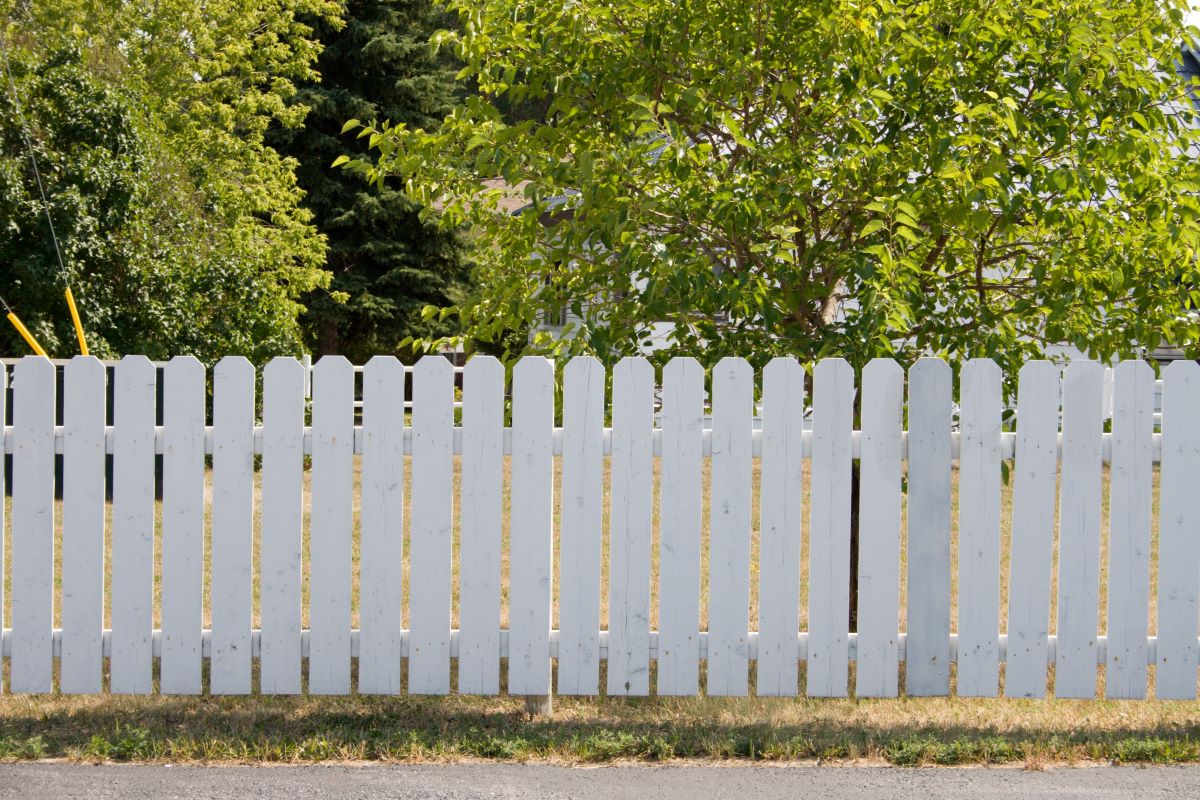
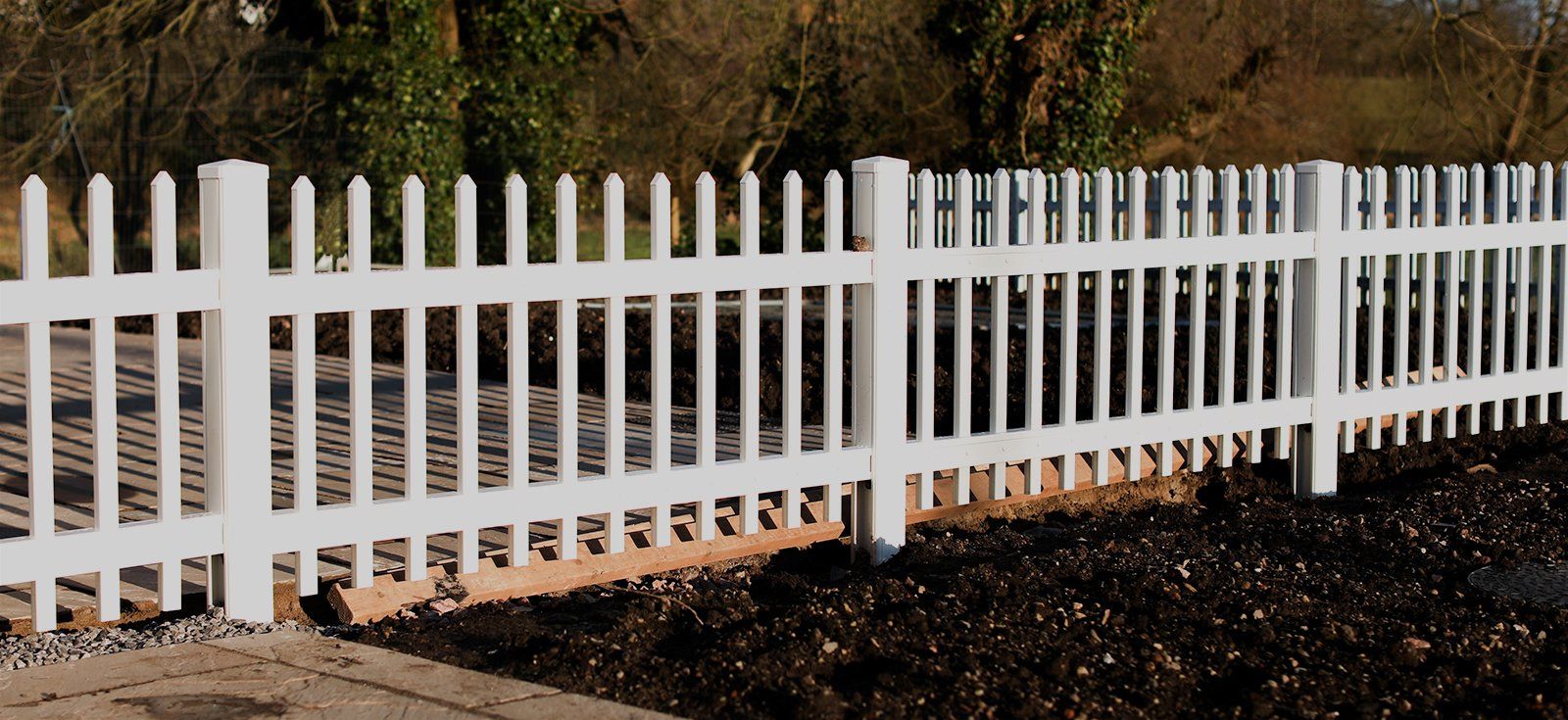
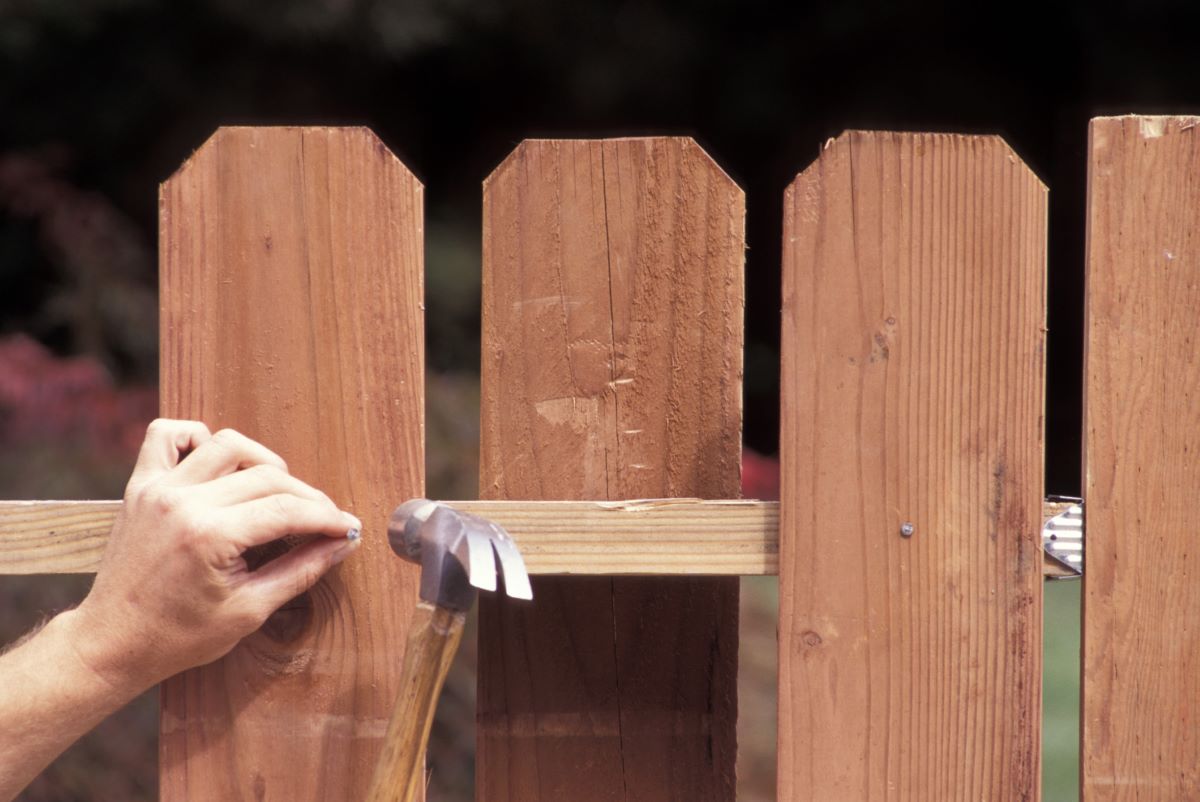
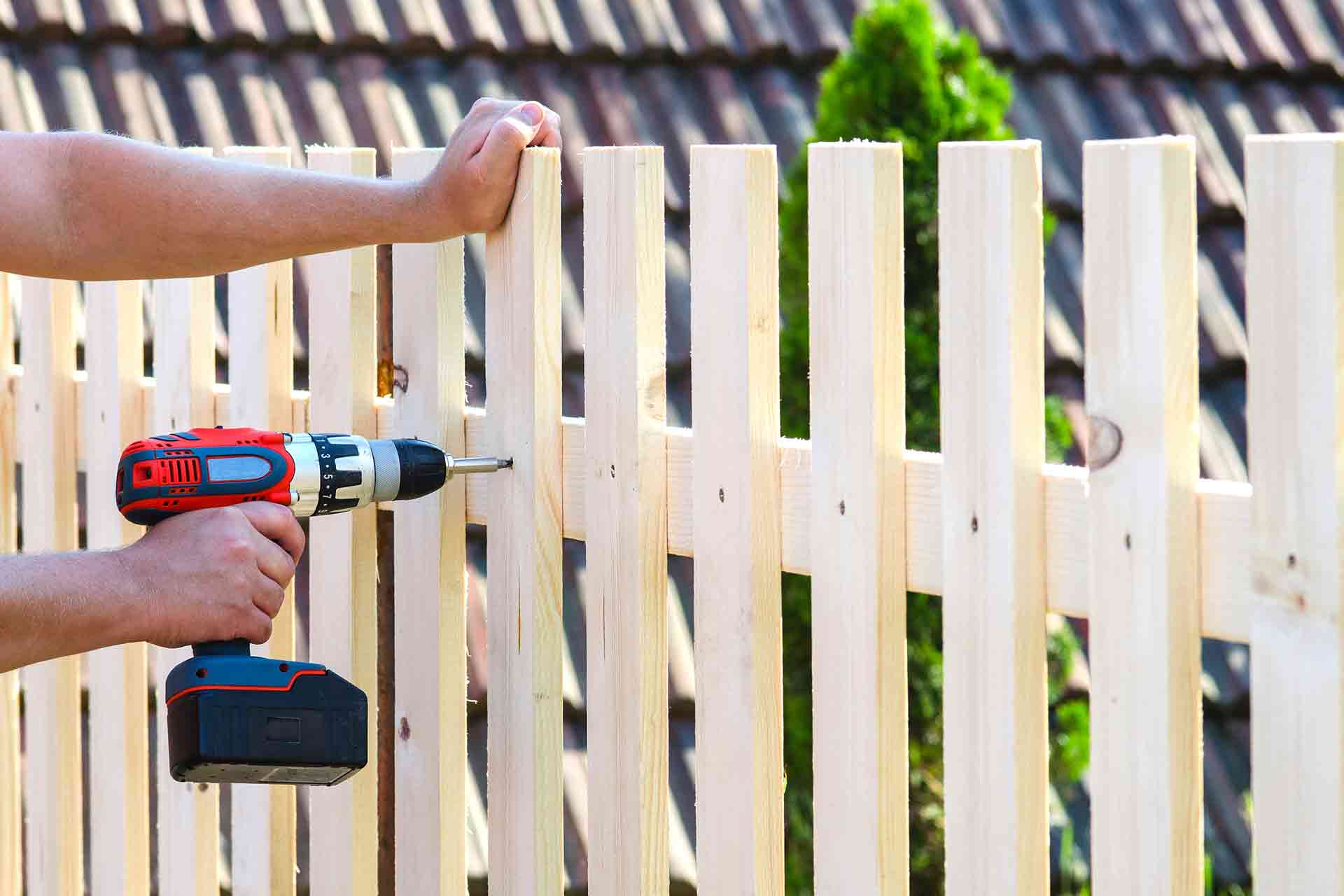
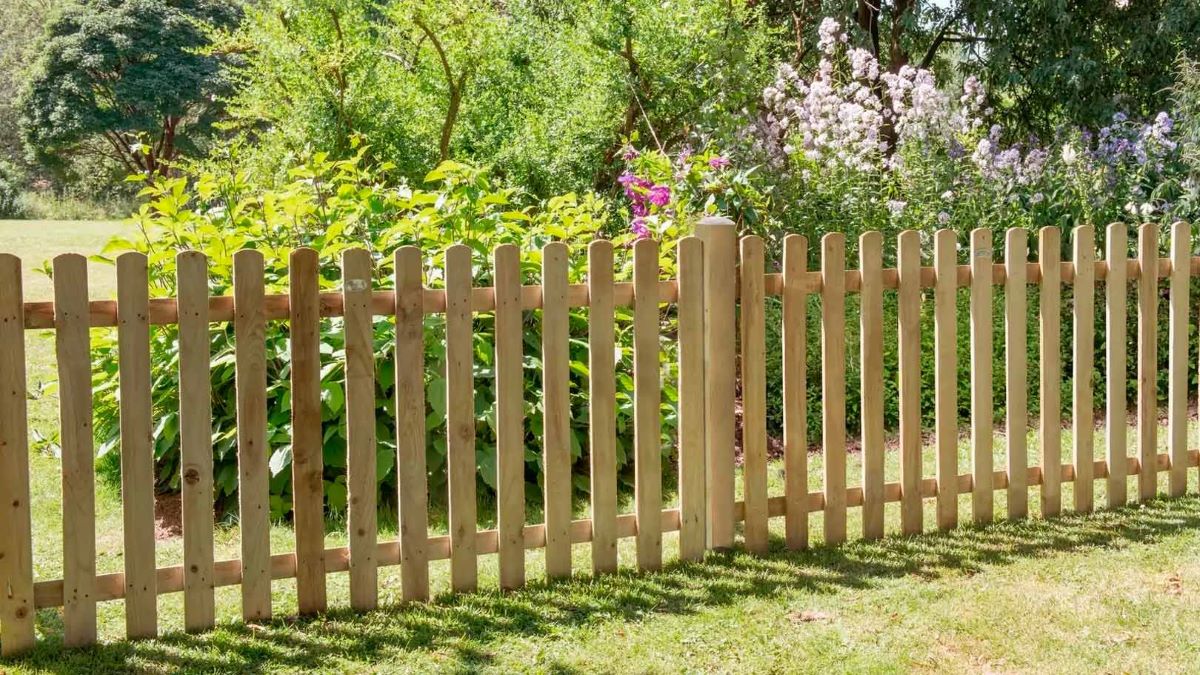

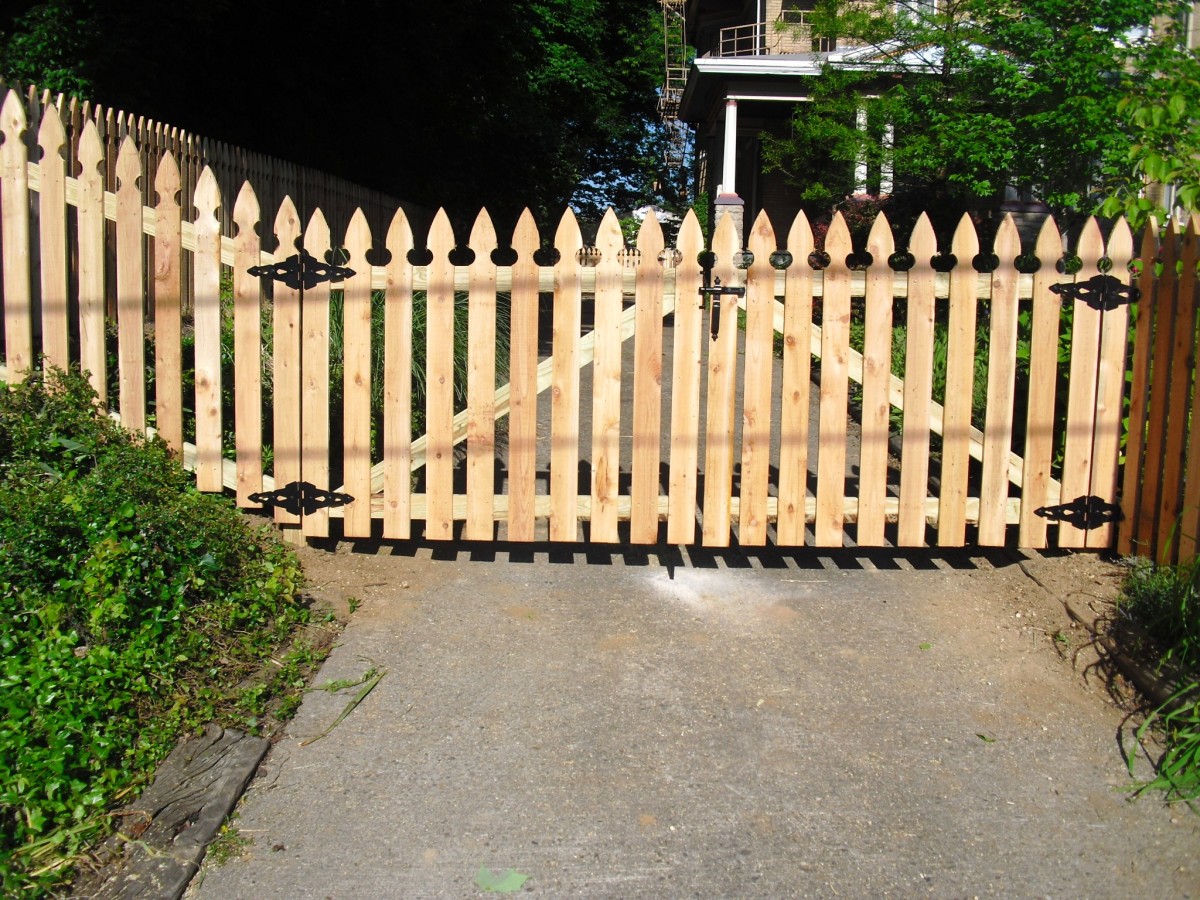
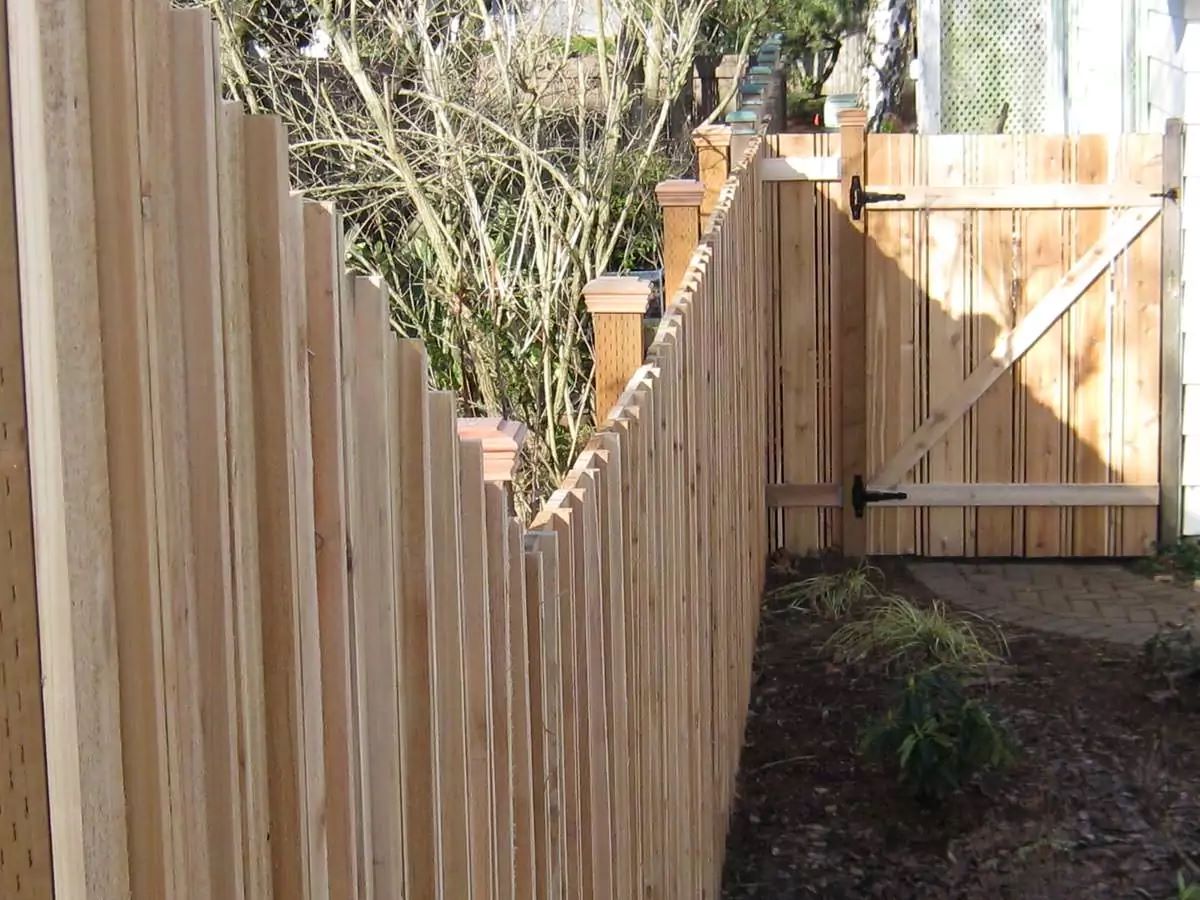

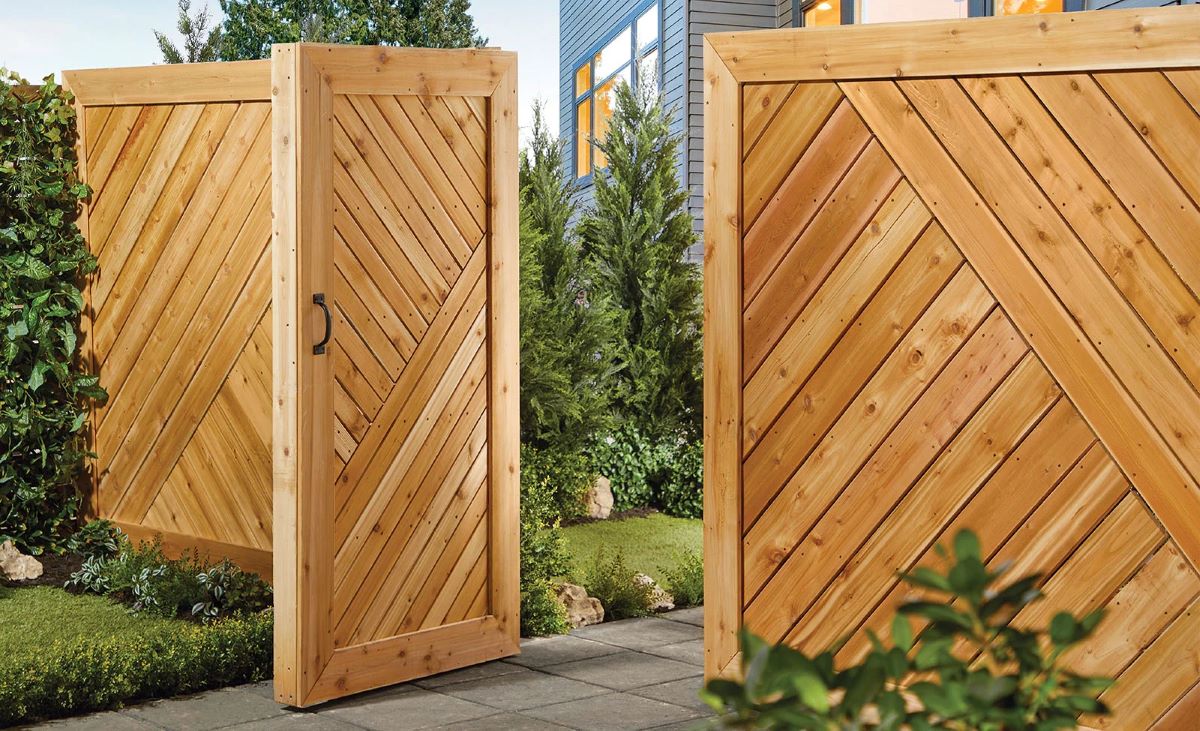

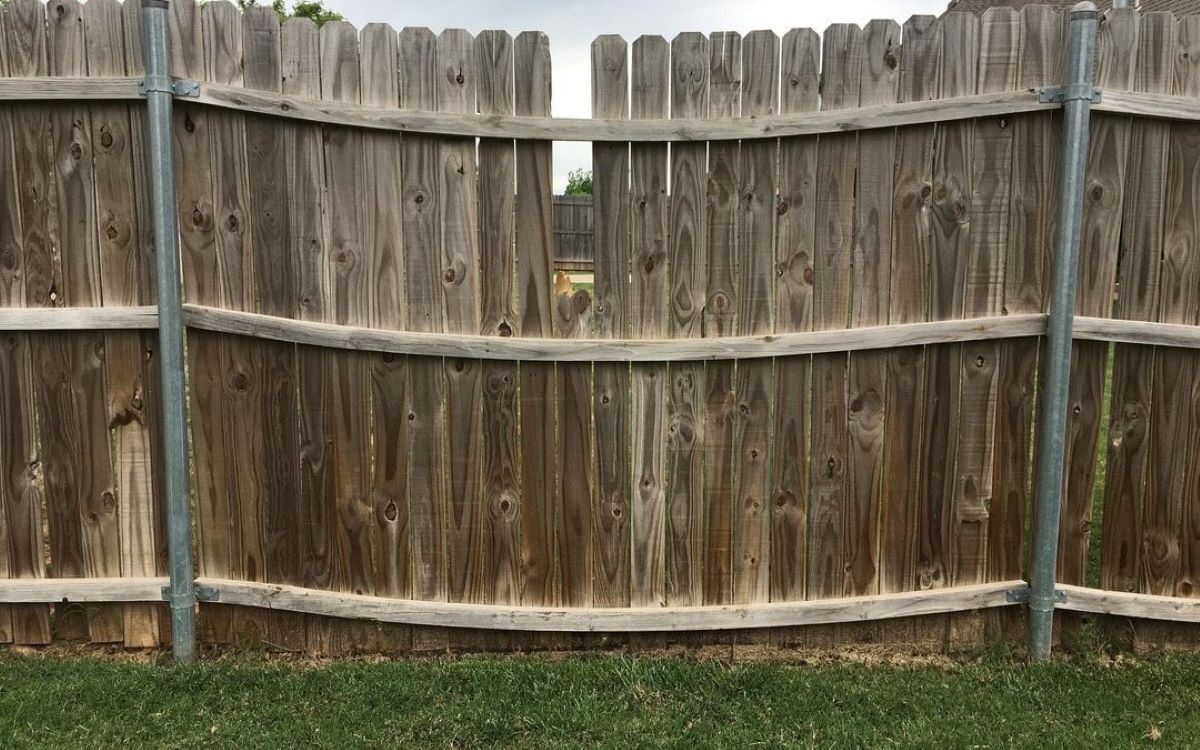
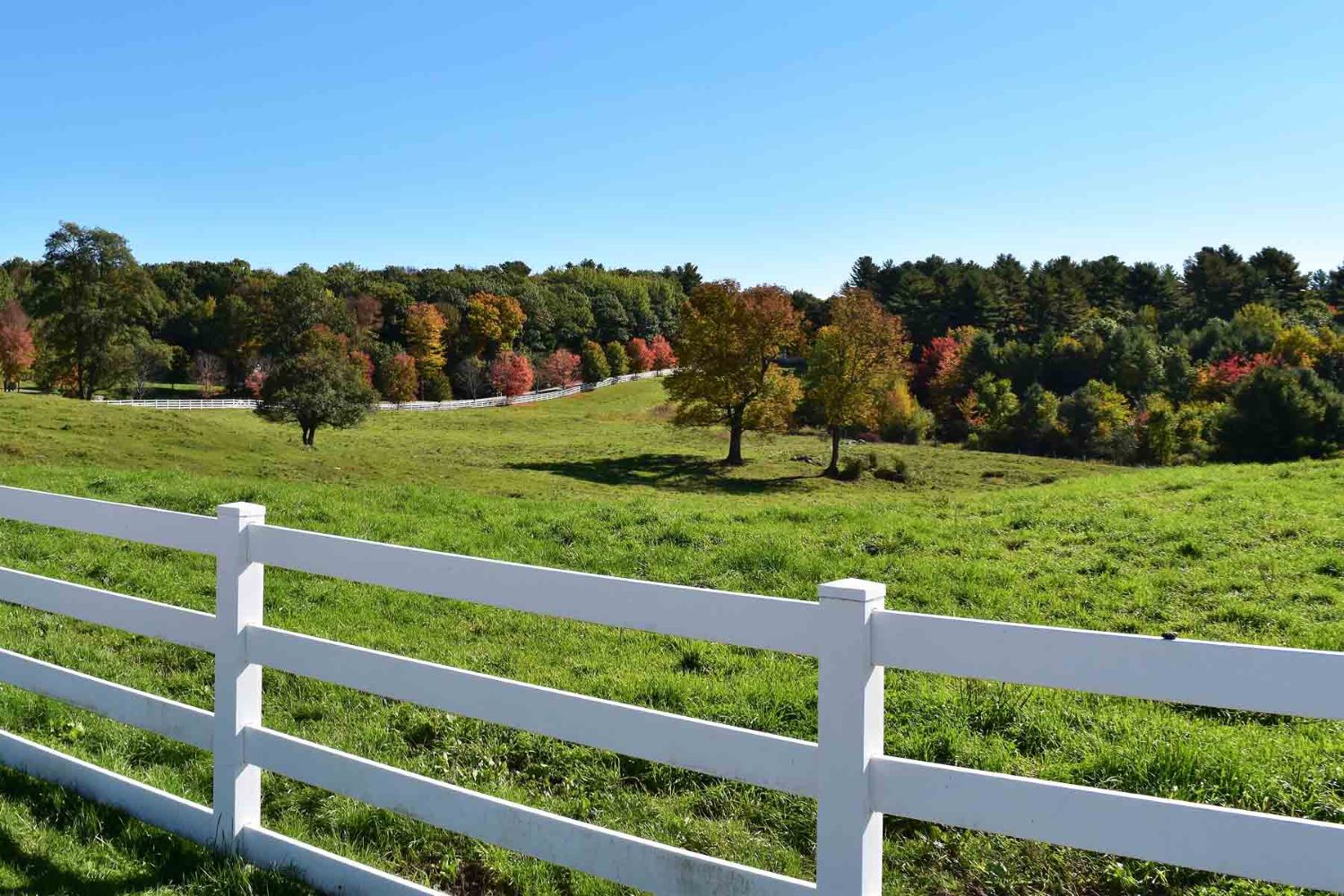

0 thoughts on “How Much Space Between Fence Pickets”